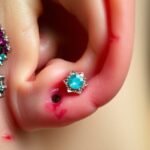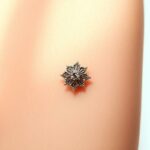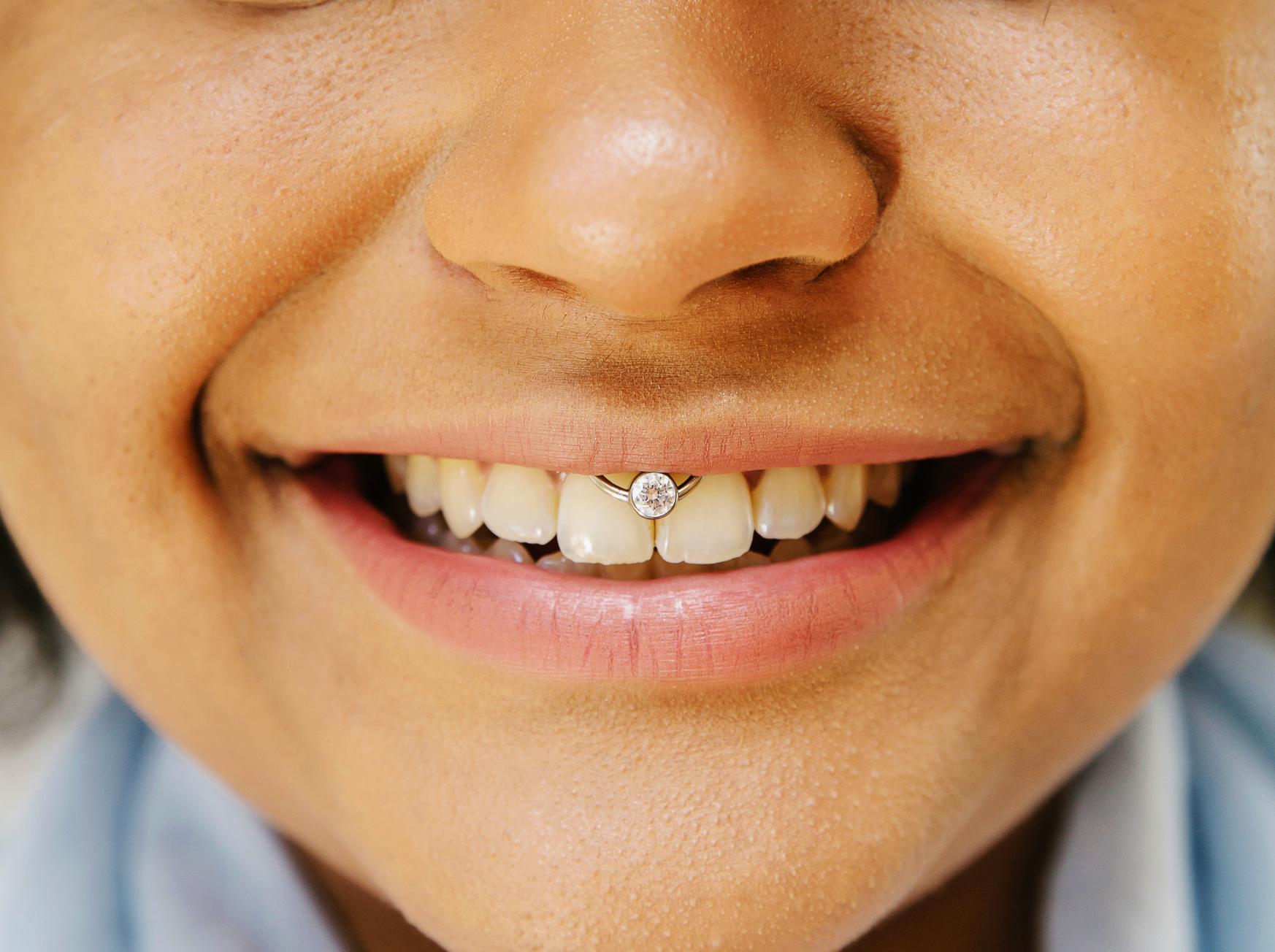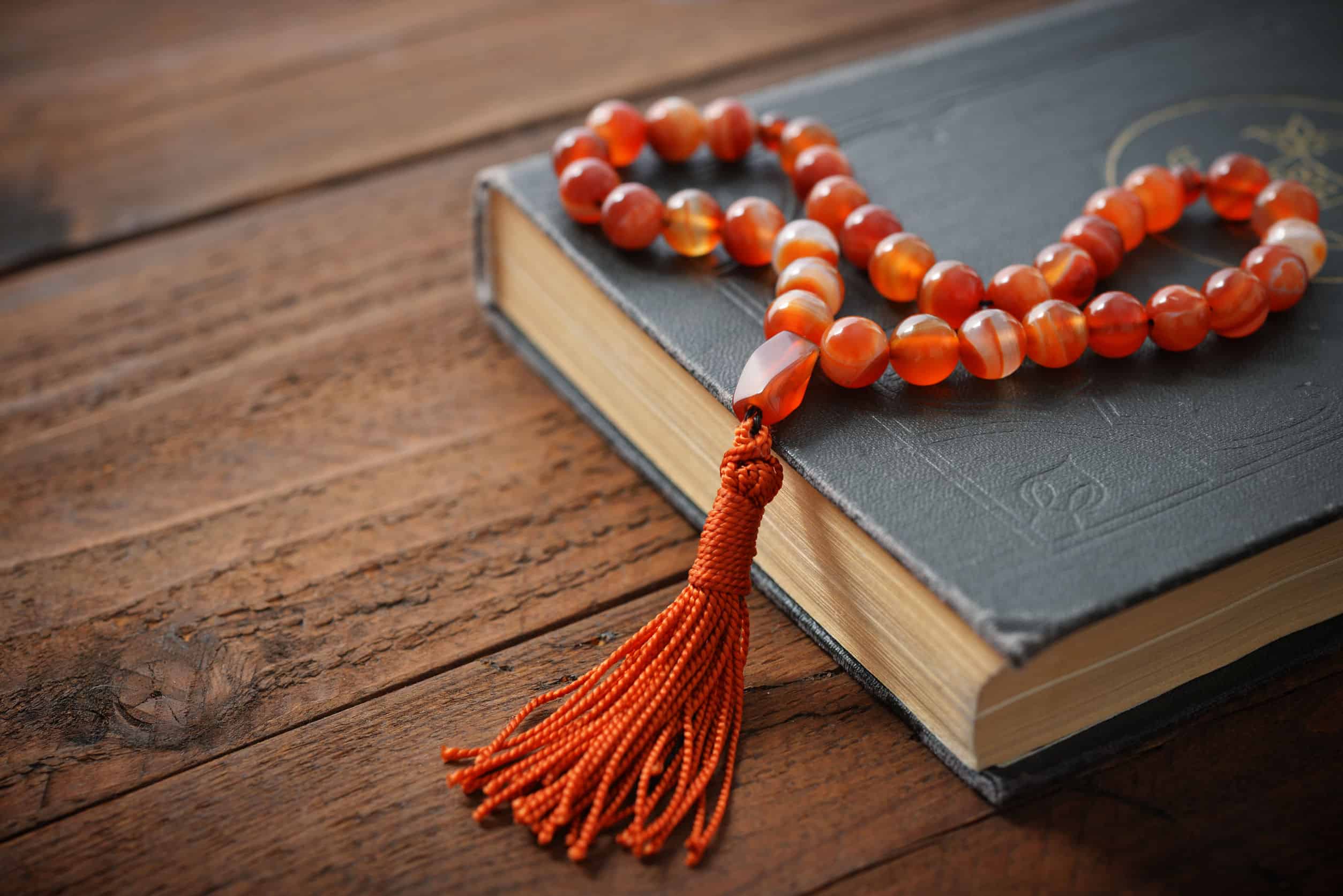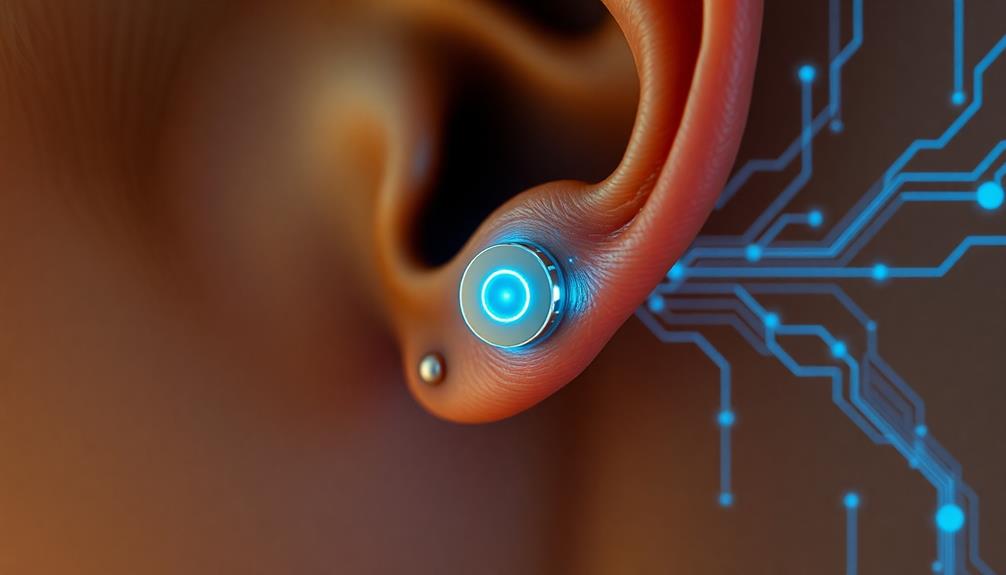Getting a piercing can become a lasting part of your life. It signifies a significant dedication to your body, necessitating a grasp of proper piercing care.
Surface piercings
A surface piercing can pose a problem. These piercings are more likely to be rejected than other types. There are steps you can take that will help reduce the risk.
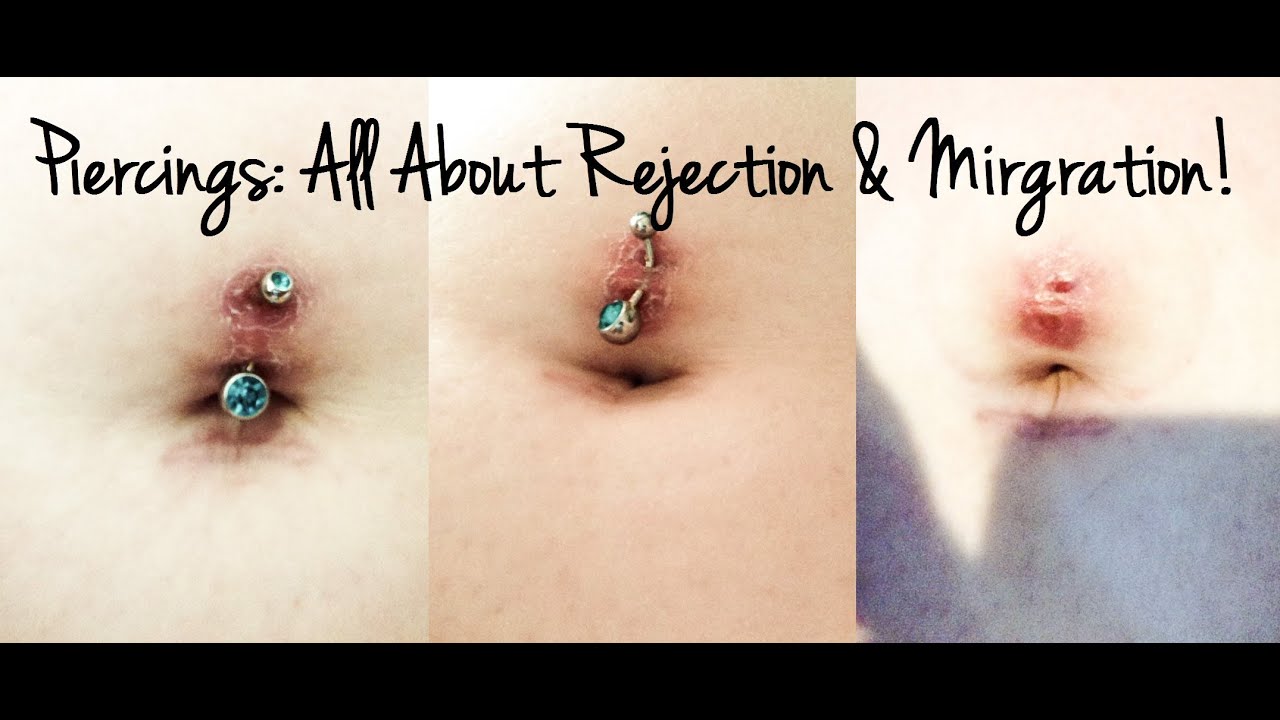
One of the most common causes of rejection is not being able to heal. If you’re not following proper aftercare, you may not be able to heal your piercing in the right way. You may also be putting your body at risk of infection, and this can lead to further rejection. It is important to take care of your piercings, but it is also important to know when it should be removed.
Rejection can occur for a variety of reasons, but it usually happens gradually over a period of time. It could be due to emotional stress, poor healing, or poor habits. Your body will eventually pull the jewelry from your skin, leaving a scar. Some people are more susceptible to rejection than others.
Surface piercings can be rejected as they pose a high risk for migration. This is because the skin around the piercing is not very thick, so it’s easier for it to move. When the piercing is moved, it may cause a split scar or change the size and spacing of the holes.
Having a piercing may also leave scars that you’re not happy with. It can vary from person to person, and sometimes scars will fade over time. However, most surface piercings heal. If you have one, you may find that the scar is a little more prominent, and it will shrink with time. You may also notice that the scar is white. It will remain visible on your body if you don’t remove it.
You will experience some rejection when you have a piercing. It’s normal for some discomfort to be felt from the piercing. However, if the pain is persistent or if there’s a lot of secretion, you might not be able wear the jewelry. The best way to prevent rejection is to make sure you have the right kind of jewelry. It’s important to use a surgical implant grade titanium that’s biocompatible. To reduce the chance of rejection, you may want to choose a wider gauge or a wider width.
You may also experience piercing migration, even after years. This can happen with any type of piercing, but is more common with surface piercings. It can happen for no apparent reason, and it is sometimes caused by harsh aftercare products. It’s time to have your piercing removed if it has migration. This will prevent further damage to your skin. This will allow you to choose a new type of jewelry that you are happy with.
Piercings that only penetrate a small portion of the skin’s surface
During the healing process of a piercing, it is very important to take care of the area and follow the proper aftercare procedures. This will prevent the piercings from escaping the body and reduce scarring.
Rejection is one of the greatest risks in the healing process. This happens when the body determines that the object it has pierced is a threat for its health. This can happen due to infection, trauma, or emotional stress. It can also happen on its own. Some people are more likely than others to be rejected. The type of piercing you have may also impact the chances of rejection.
A surface piercing is one of the most common types of piercing to be rejected. A surface piercing is a type of piercing that breaks through a small amount of skin. These types of piercings are also the most difficult to heal. The piercing is not secured by an anchor so it can be snagged or knocked out. This could lead to rejection. However, with proper aftercare, the piercing can be healed to last for years.
It is important to get rid of any piercings that are moving. This can be painful, but it can also be beneficial for your body. When the jewelry is removed, it will be easier to heal the hole. This can be used to reduce scarring as the hole will be smaller. It is also a good idea to use antibacterial soap when touching the area.
Some of the common ways to get rejection is to snag the jewelry, rip at it, or have an infection. Some infections include skin, cartilage, or blood infections. It is important to avoid piercings if you have ever had an infection.
The other biggest risk of rejection is migration. It is important to stop jewelry from moving out of a piercing. Migration and rejection can be frustrating and can cause scarring. It is important to prevent rejection and avoid migrating. This can be done by using antibacterial soap and making sure you’re not touching your body with dirty hands.
It is also important to take care of your piercing in the early stages of healing. The skin is the largest organ in the body, and it is responsible for holding in bodily fluids, keeping out harmful microbes, and healing itself. The skin also heals through a complex process of inflammation. The skin will eventually pull itself together, forming scar tissue. A surface piercing is often the first type of piercing to experience rejection, but this isn’t always the case. It could also be due to an inefficient healing process.
Piercings that can’t be reversed
It doesn’t matter if you decide to have a piercing, it is important to know how to take care of the area. There are a number of complications associated with piercings, including gum recession, tooth damage, and infections. If you’re experiencing these problems, it’s important to get them treated quickly. There are other ways to decrease your chances of them happening.
Some piercings can have irreversible effects. Permanent changes can occur to your teeth, gums, taste, and even your taste. It can also cause permanent scarring and damage to your skin. Avoid piercings that could cause injury to the skin. A piercer should also be able to provide proper aftercare.
Some areas heal quicker than others. Ear lobes and the tongue have the fastest healing times. For the first few days, expect some reddening and tenderness. You should consult a doctor if you experience any swelling, redness, tenderness, or tenderness. You may need to have the piercing taken out if you have an infection.
Piercings can also cause damage to other parts of the body. For example, a belly button piercing can be painful, and can cause further complications. Make sure you have taken a bath and eaten a healthy dinner before you consider having your belly button pierced. Also, make sure you are hydrated.
Although most piercings heal quickly, some piercings can be permanent. For instance, if you’re prone to keloid piercings, your piercing may become thickened, resulting in scarring. This condition is usually very difficult to treat. This condition is more common in those of African American or Hispanic ancestry. If you have a family history of keloid piercings, you may be at higher risk of developing them.
Stress and illness are two other factors that can affect the healing process. Your piercer might not be properly trained. He or she may not be sterilizing the piercing gun. Also, you should avoid mixing salt into the water when cleaning your piercing.
You might also experience an allergic reaction to the jewelry’s metal. This can be painful and can cause an allergic reaction to the skin around the piercing. You should also avoid wearing jewelry that contains nickel. Nickel is a common allergy. The allergy should disappear after you have removed the piercing.
Tooth and gum damage can also result from oral piercings. You may also experience tooth loss, and chronic bad breath. You should floss your teeth at least once per day. You should also brush your teeth gently and use an alcohol-free toothpaste. You can also take a multivitamin with zinc to help your body heal faster.
I’m Gillian. I love piercings and tattoos- there’s something about the way they make your body look that just makes me happy. I started this blog to share my passion for piercings and tattoos with the world and to help people who are thinking of getting their first piercing or tattoo.
I’ve been writing about piercings and tattoos for a while now on piercings-body.com. I love sharing my knowledge with others and helping people make informed decisions about their bodies.







